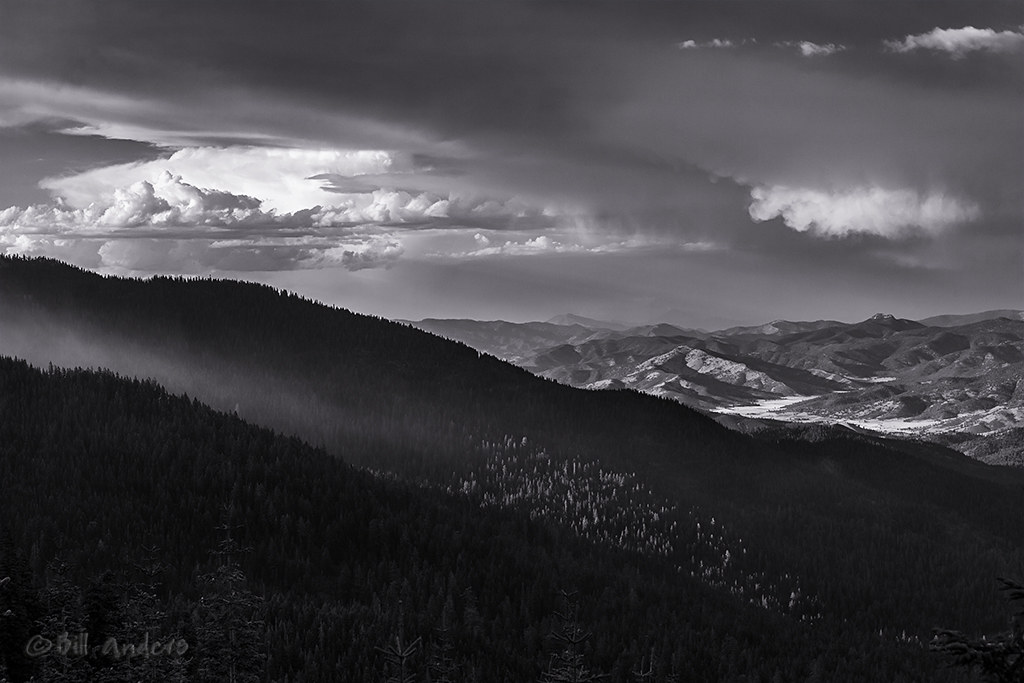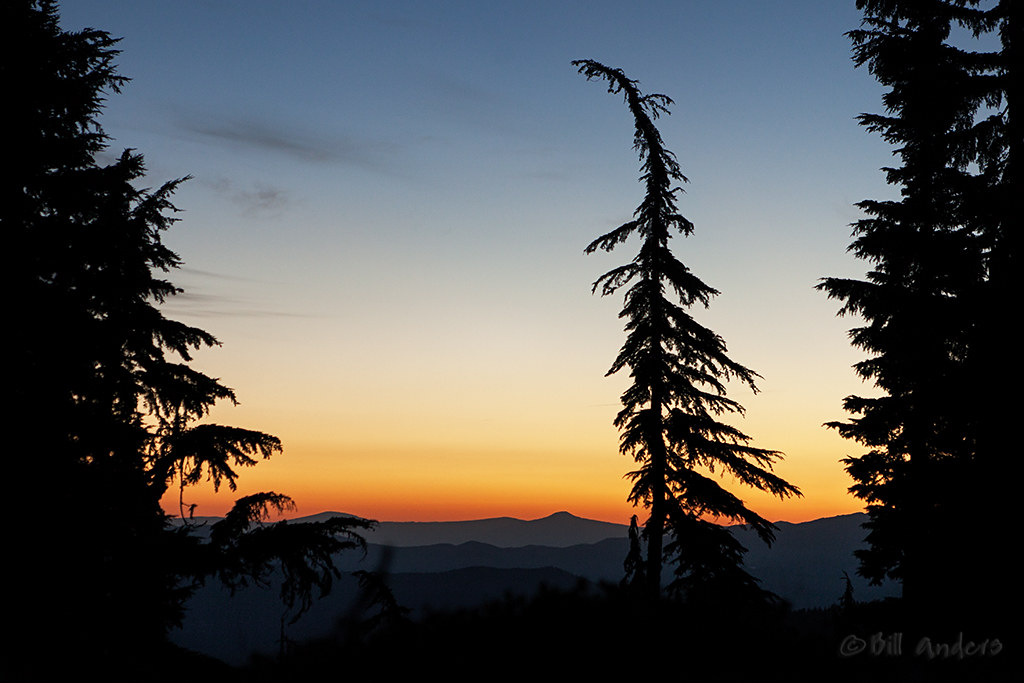Another TBT to last July in the Sisters Wilderness of Central Oregon.
My fantastic shelter, a Yama Mountain Gear Swiftline. This was the only shelter for Goddess and I during our 2015 PCT thru-hike. In 2017 it was my shelter during three weeks of trail maintenance on the PCT.*
For those of you who have kept track, it has been used and abused for well over 200 nights, packed for close to 3,000 miles.
One of these days, we’ll be sad to see it go. But it will be replaced with another of Gen Shimizu’s hand-crafted ultralight tents.

I was glad to capture the sun setting behind the tent this particular evening. A few days later, I would be diving into it quickly after dinner, glad for the protection from Oregon’s Air Force, the gazillion mosquitoes that would be plastered against the screen, hoping for a meal.
And while we are enjoying everything that this winter has to offer, looking at these pics has me looking forward to summer. But just a little bit. There’s still plenty of winter to enjoy.
———
* full disclosure for those relatively new here – Yama Mountain Gear sponsored us during our PCT thru-hike, providing not only the tent pictured, but arranging for other gear and mentoring to help us succeed. We did. We have been under no obligation to continue discussing the products after 2015, but continue to do so because we truly believe that Gen crafts truly great lightweight and ultralight tents, as well as other gear..










